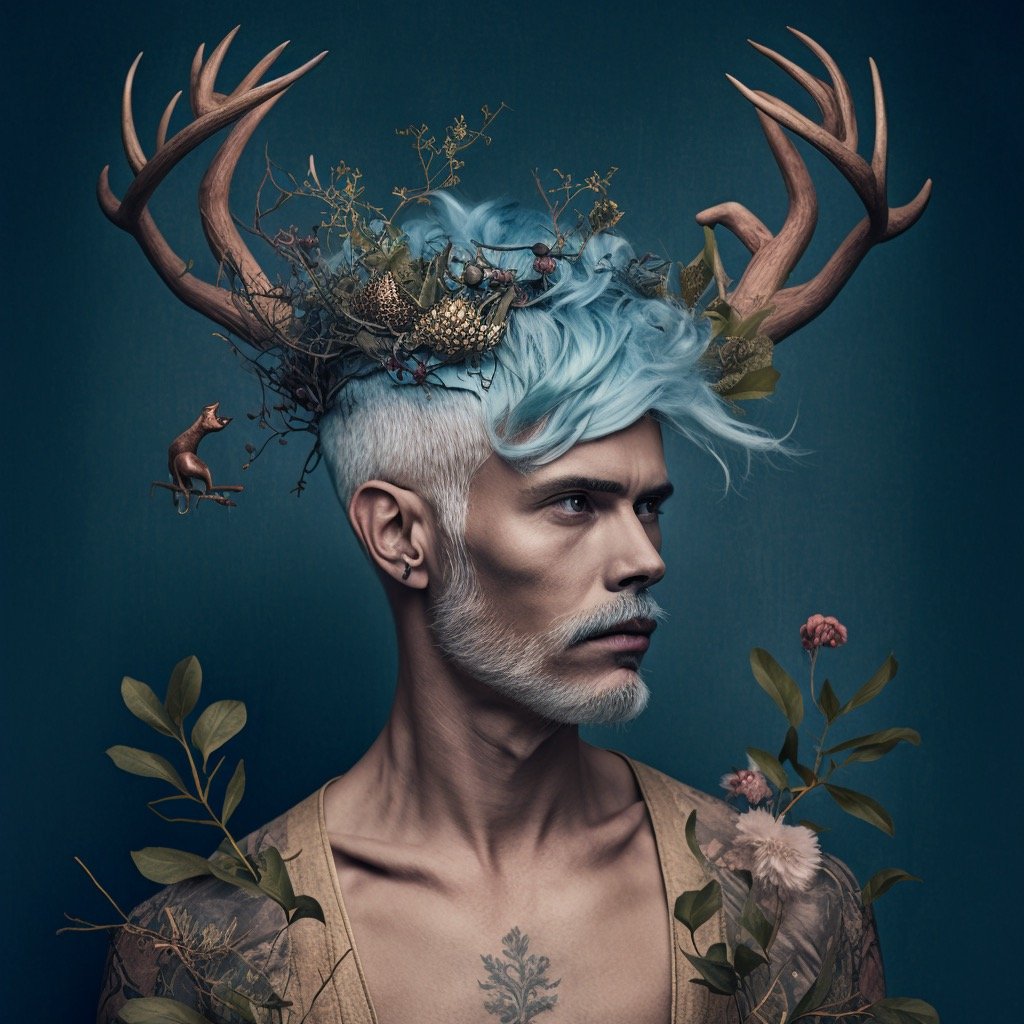
Ah, the world of generative AI – full of possibilities, surprises, and every day a bit more magic. I get that it can be sometimes be daunting to dip in a toe, especially when everything is moving so quickly and things seem constantly in flux. Today it’s ChatGPT tomorrow it’s Adobe Firefly, and it’s all a lot to deal with, much less learn.
I'm here to remind you that your main job is to have fun.
Fun is (ok, should be) a really important part of our creative problem solving. This is no different - experimentation can be a blast. And you can’t fuck it up. That’s the best news. Getting results that are glitched and odd is something I personally love, and might even end up being something that is the impetus ot a new idea. With a little playtime you’ll figure out what works best for you, and where you find value.
So here are some simple ways to get started no matter what tool you choose:
Start small and experiment: You don't have to jump right into the deep end. Begin with simple text-based AI tools, like ChatGPT, or Dall-E. You don’t need to figure out discord or anything else, it’s all in-browser and easy to grasp. Give them simple prompts or questions and see how they respond. This will help you get a feel for their capabilities and limitations, and even discover new ways to interact with them.
Embrace the randomness: Generative AI can produce unexpected results – and that's where the fun lies. Don't be afraid to give it offbeat prompts or ask it for something completely outlandish. You might be surprised by what it comes up with, and sometimes the most bizarre outputs (or even mistakes!) can spark a new creative direction.
Collaborate and iterate: Generative AI is like having a creative partner who always “yes, and…”s you. Give it an idea, and let it throw it back at you, and you can bounce your thoughts back, refining and reworking the output until it becomes something meaningful. Remember, the AI is there to serve as an extension of your creativity, not to replace it.
Test the boundaries: Push the AI to its limits. Try different prompts or questions, or even ask it to generate something it's not typically known for. You'll quickly learn what works and what doesn't, and you might even stumble upon new ways to use the tool that you hadn't considered before.
Learn from other users: There's a thriving community of creatives exploring generative AI. Join forums, follow social media accounts, or sign up for newsletters (cough, like mine) to see how others are using these tools. You'll pick up tips, tricks, and inspiration from fellow creatives who are on the same journey as you.
Combine tools: Generative AI isn't limited to just one application. Try using different tools together, like generating text and images simultaneously, or even combining AI-generated music with your visuals. There is no wrong way to mix it up,.
Always be in the lead: Generative AI has its strengths, but it also has limitations. Be ready to step in and make changes, edits, or refinements to the output as needed. You're the one with the human touch – embrace it and make the AI work for you, not the other way around.
Remember, generative AI is a tool, not a replacement for your creativity.
It's there to enhance your ideas, not to dictate them. The more you play with these tools, the better you'll understand their capabilities and limitations, and the more effectively you'll be able to use them to supercharge your creative process.
So go on, give it a go and don’t worry about doing it right. Your new robot friends certainly won’t judge.
